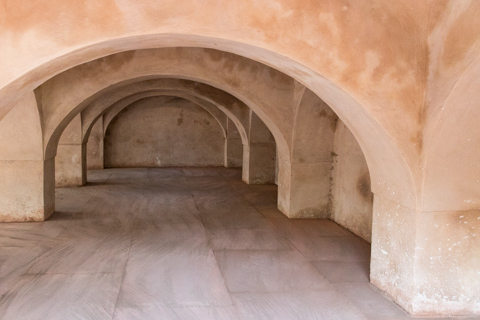
Vikram decided to focus on the Indian Rebellion of 1857 (or the Mutiny). Our first stop was the British Magazine, which had a great store of gunpowder and weapons. The rebellion started outside Delhi and the people marched on Delhi specifically to take the Magazine. Nine British defenders held the place for several days against several hundred. When the local troops on the British side deserted, there was a final push - the British, seeing all was lost lit the gunpowder and blew up the fortress killing most of them and about a thousand Indians.

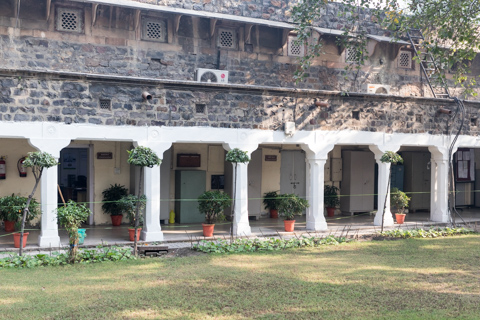
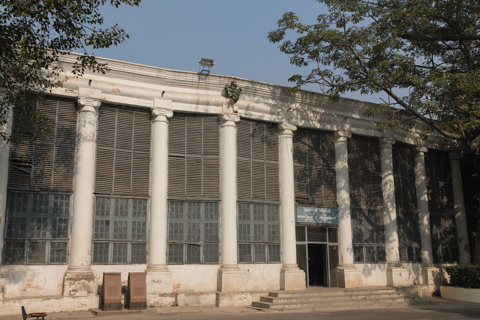
In the British period, the building served as the residence of the Mughal Viceroy of Punjab, Ali Mardan Singh. It looks like the column facade was added over the existing structure.
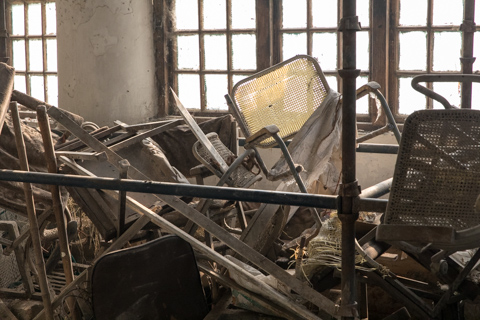

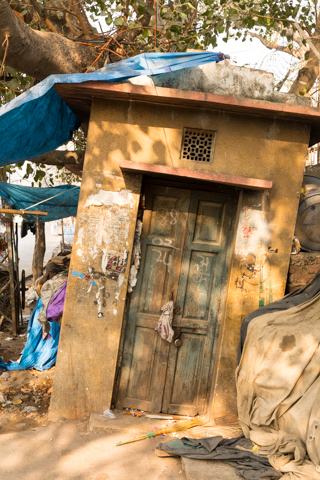
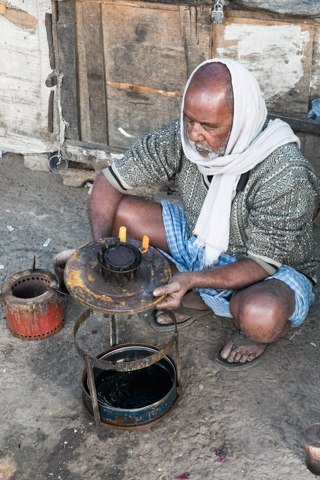
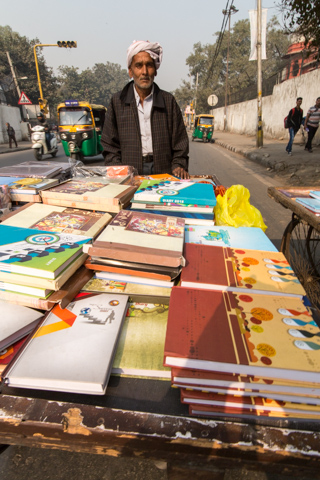
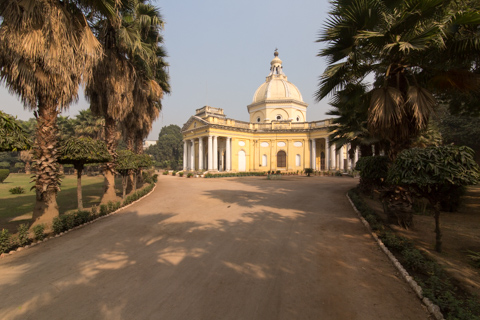

He was a commissioner of the Delhi Territory during the reign of the last Mughal Emperor, Bahadur Shah Zafar
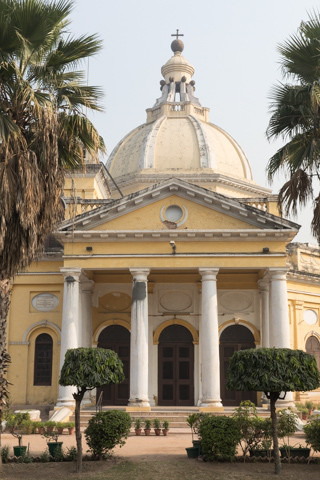

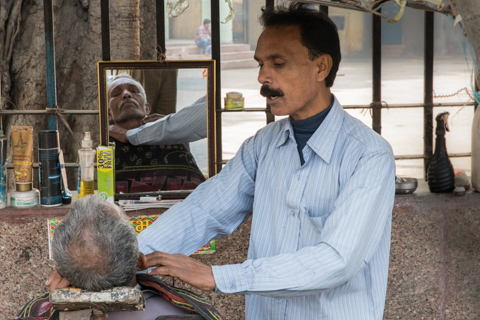
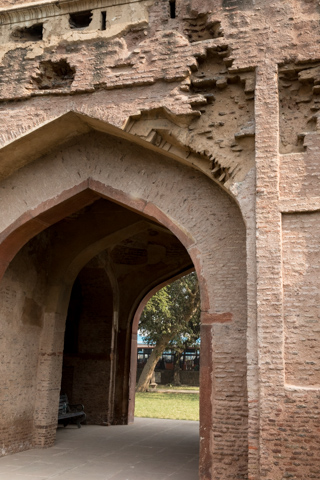
The gate next gained attention during the Mutiny of 1857. Indian soldiers fired volleys of cannonballs from this gate at the British and used the area to assemble for fighting and resistance.
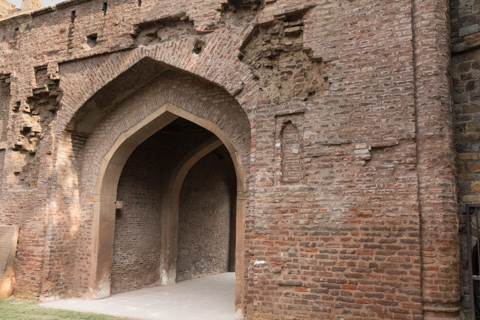
It was at the Kashmiri Gate where there was important assault by the British Army during Indian rebellion of 1857, on the morning of September 14, 1857 the bridge and the left half of the Gate were destroyed by the British using gunpowder, starting the final assault on the rebels towards the end of Siege of Delhi.
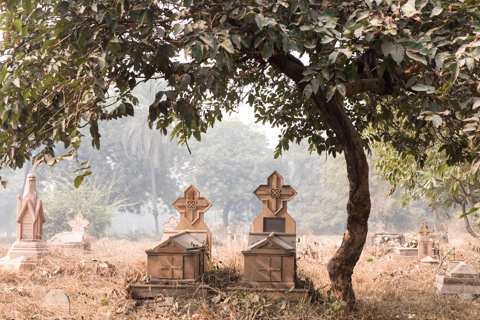
John Nicholson was a Brigadier General in the British Army and led the assault on the Kashmiri Gate at age 35. He was shot in the chest and died several days later.
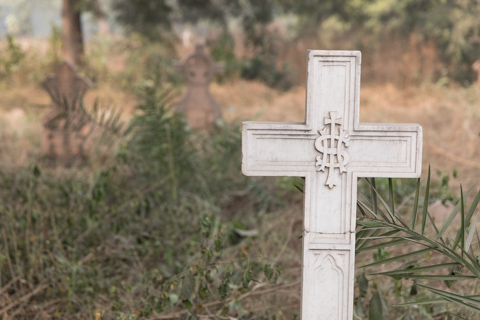



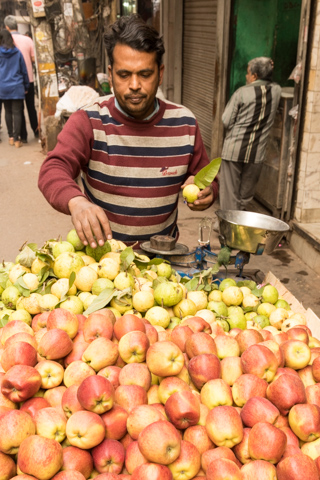
A street cart selling fresh fruit
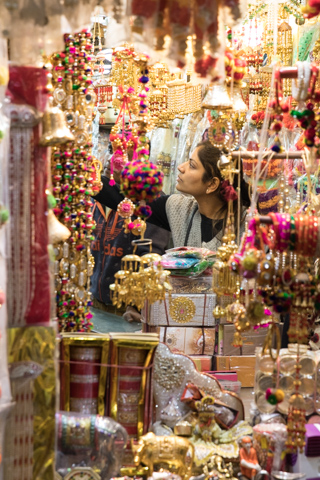



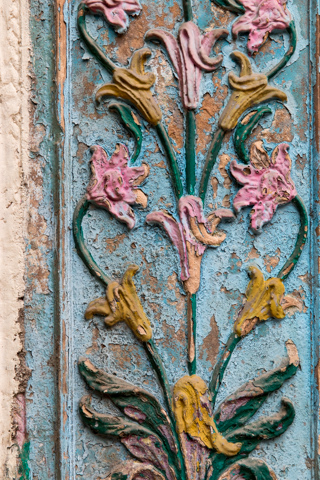
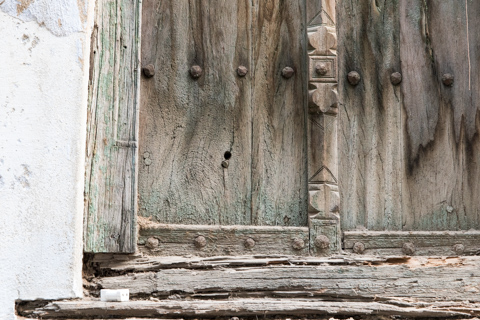
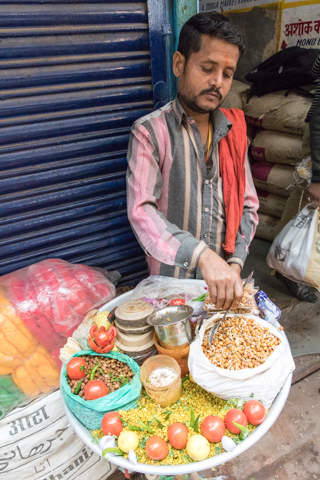
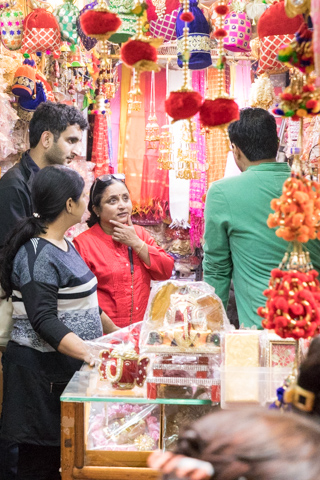

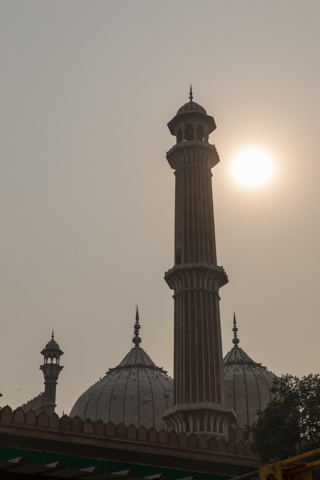
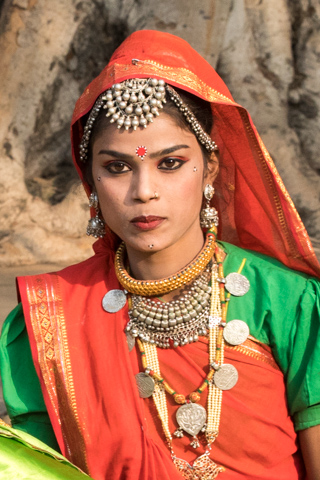
A dancer
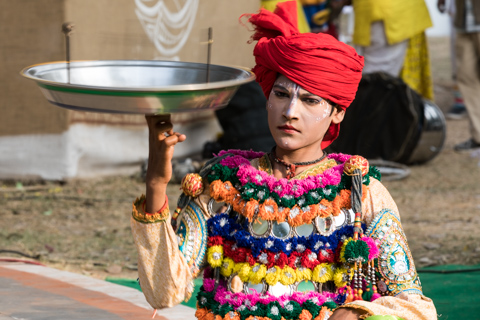

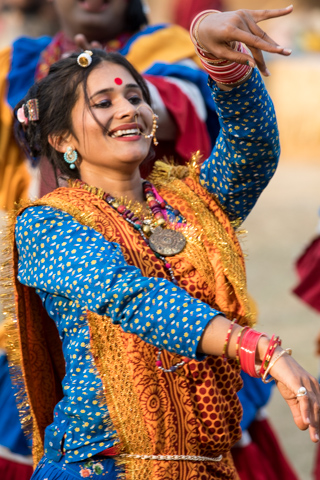

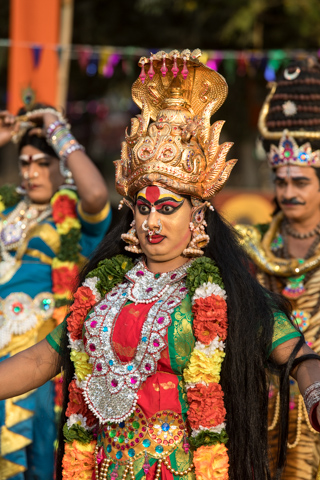
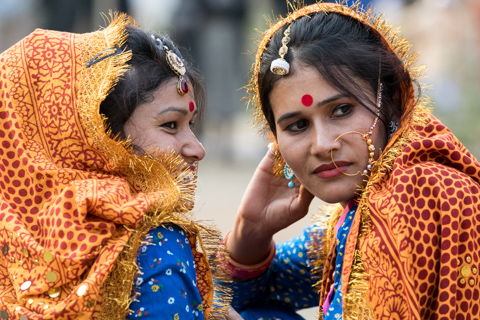
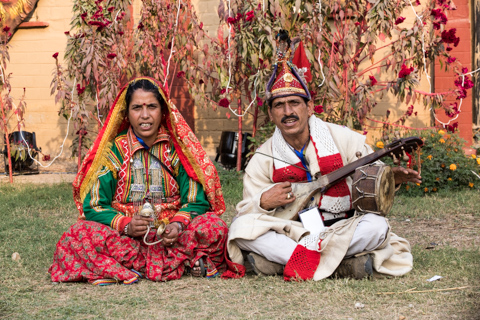
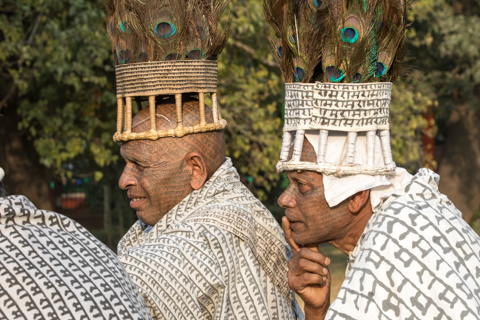
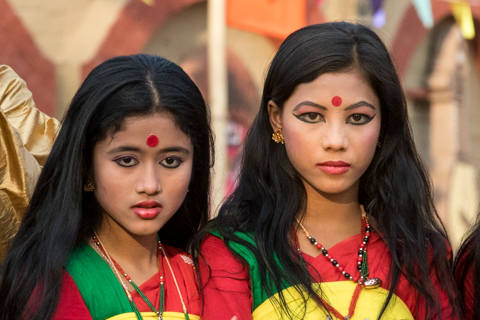
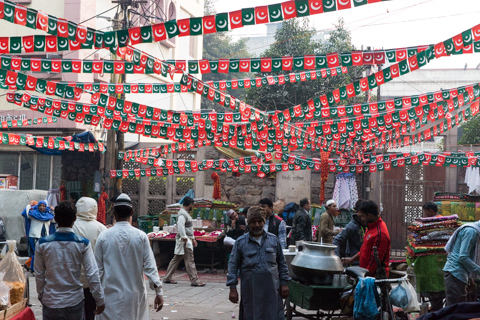
To get to the mausoleum we walked narrow streets festooned with banners.
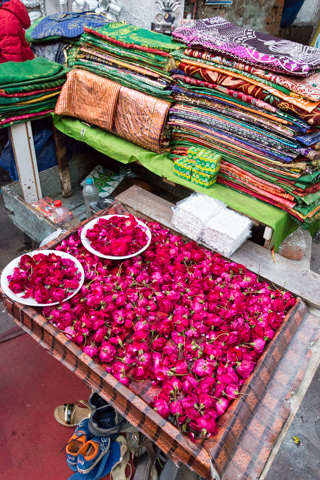
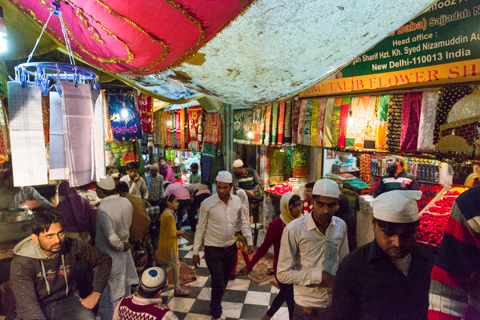
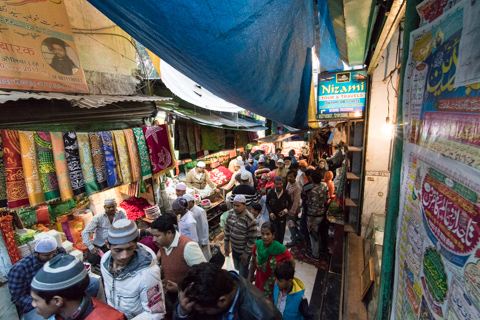
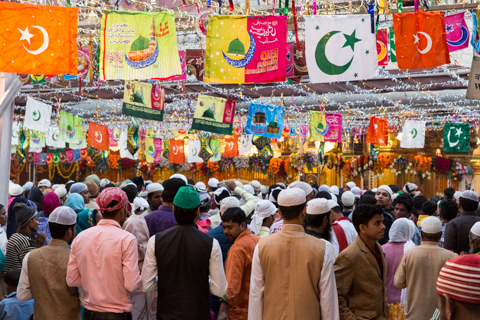
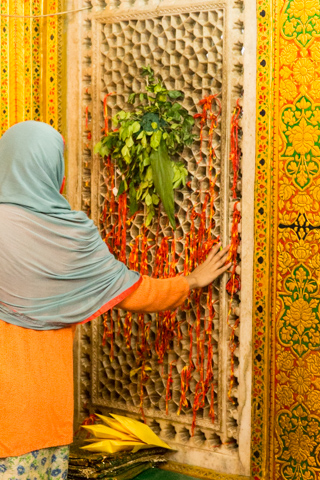
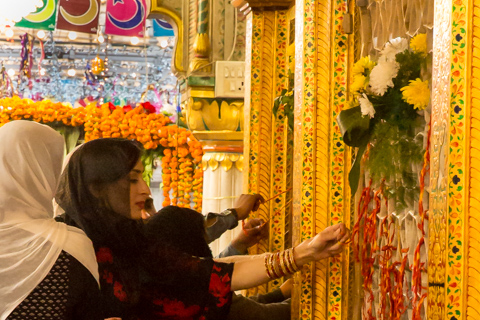
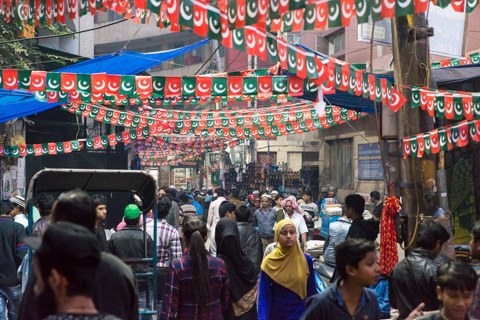
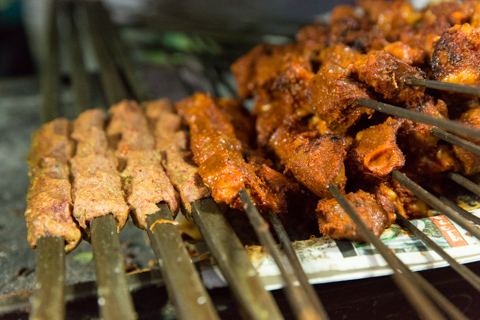

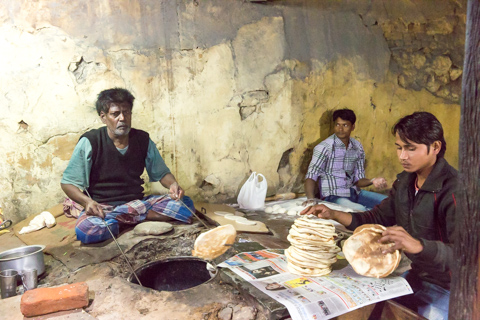
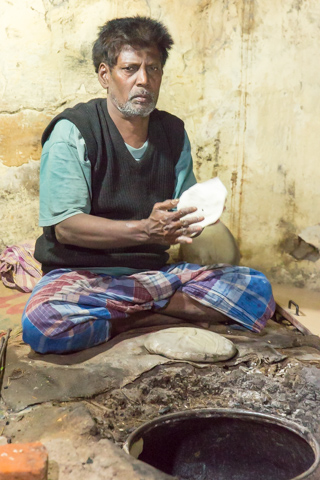
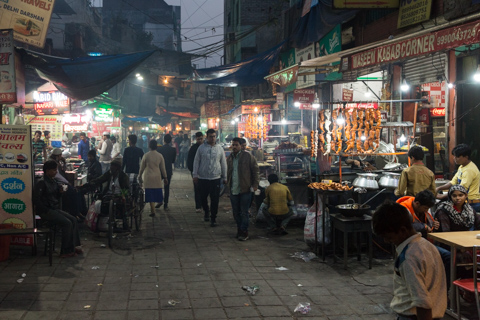

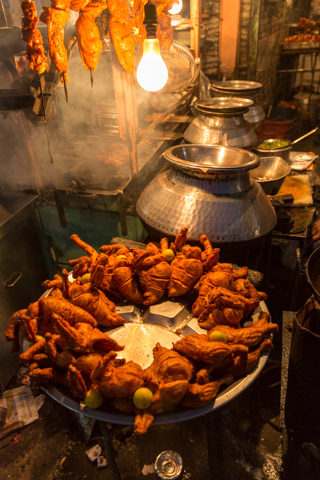
Later this evening I will leave India after another great trip to a fun place to visit - especially if you are a photographer.